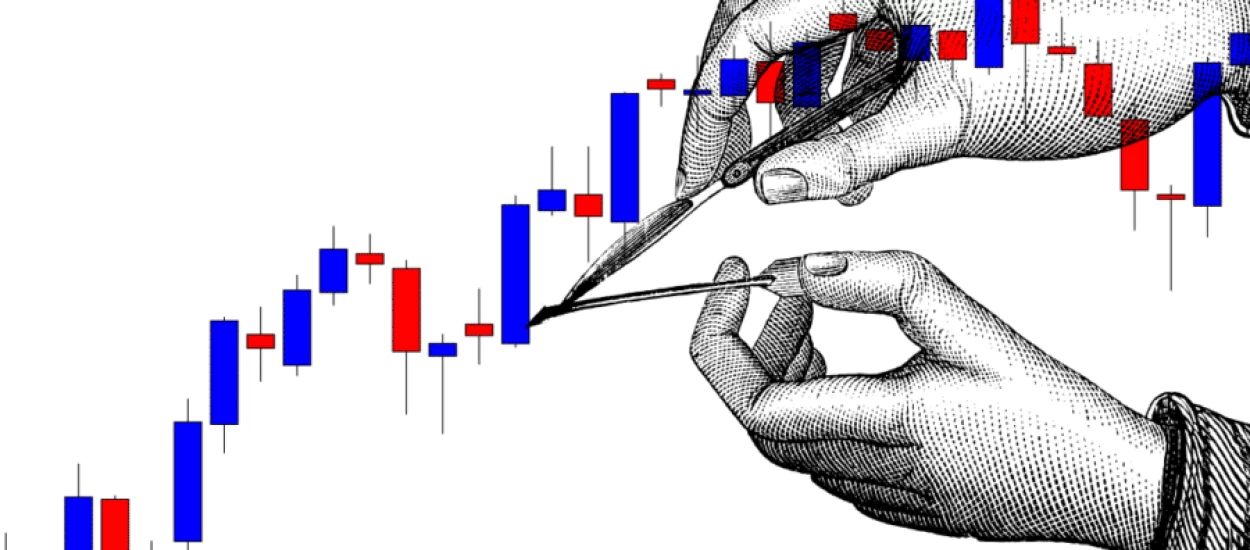Scalping is a way of trading on the stock exchange, which is based on the conclusion of many short transactions with a small target for income from each of them. When scalping, orders in most cases remain open for a matter of minutes. To succeed trading this way, the most important thing is to learn how to translate the number of trades into quality.
At first glance, the description of this style of trading looks quite simple. In this regard, there is a widespread misconception that beginners predominate among scalpers. However, if a trader wants to master scalping perfectly, learning a number of skills and gaining solid trading experience will be simply necessary for him.
With this approach to trading, it is very important to properly manage funds, soberly assess the degree of risk for each transaction and set adequate profit targets. No matter how simple scalping for beginners may seem, in fact, there are a large number of nuances in using this style. Most often, ignoring them will result in material losses for traders.
Benefits of scalping
Like all other trading styles, scalping is not perfect. It may suit one person very well, but another will call it the worst choice. The main advantages of this method include:
- potentially high profits, possible due to a large number of trades with low income and significant leverage (this is why most traders decide to pay attention to scalping);
- short-term, allowing the trader to always remain mobile and flexible, not tied to a specific transaction and not losing potential profit due to lack of funds (due to the high speed of concluding individual transactions, a trader can use all market situations with maximum efficiency);
- a good opportunity to start trading on the stock exchange (this primarily applies to novice traders without large funds, who in most cases start trading conservatively, striving for a 5-10% profit per month).
Scalping Disadvantages
With all its positive aspects, scalping on the stock exchange has a number of serious disadvantages:
- high risks, most often associated with the use of significant leverage and illiterate funds management (risking and betting too much on one potential transaction, you can lose funds for several more entries);
- high dependence of trading on the emotional state, which can often radically affect the success of trading (because of the need to make decisions quickly, scalping can unbalance even experienced traders, forcing them to make rash decisions leading to financial losses);
- this trading style requires spending a lot of time at the monitor and continuously monitoring many indicators through the trading terminal (automatic scalping with the help of trading advisors and robots partially eliminates this drawback, so it is relevant primarily for manual trading);
- to maximize the effectiveness of scalping, a serious technical base is needed (today this factor is no longer so important, since many brokers can offer the conditions necessary for successful trading).
It is also worth considering that such a trading style requires compliance with certain conditions from both the trader and the asset. For example, bitcoin scalping is generally possible, but in the current conditions, only fairly wealthy traders will be able to successfully implement it in practice.
Basic scalping strategies
Different market players may use this trading style in different ways. In general, the following generalized approaches can be distinguished, each of which has pros and cons:
- high-risk (highest dynamics, highest risks, maximum potential profit, extremely wide leverage, most transactions are closed in seconds, suitable for the most aggressive trading);
- classic (comparable in terms of profitability to high-risk, but more restrained, deals are closed in 1-5 minutes);
- conservative (it takes up to 15 minutes to close a deal, leverage is reduced to 1 to 200 or 1 to 100, relatively low profitability, risks are much lower).
Key Points for Using Scalping
This approach to trading contains many small things that a trader needs to learn if he wants to achieve high profitability. First of all, he should:
- choose a brokerage organization that does not limit the trader in the use of strategies, allows you to make a lot of transactions in a short period of time and guarantees a high speed of command execution;
- choose the smallest spread, maximizing the profitability of scalping;
- decide on the time of trading (the most successful periods for scalping an asset begin when its price goes into a flat trend, since in this state it is easier to predict);
- choose instruments for trading, focusing primarily on their spread (in most cases, these are the most popular currency pairs, scalping on cryptocurrency is also possible);
- set clear limits on acceptable losses and potential profit for a particular transaction and the trading day as a whole;
- think over ways to enter and exit a transaction (there are 3 main methods: graphical, indicator and impulse);
- set up the functionality of the trading terminal, which allows you to quickly open and close transactions, as well as trade in one click (it is also worth connecting specialized advisers and such that make trading easier and faster).












